Introduction
A. Bollard lights are outdoor lighting fixtures mounted on short, sturdy posts. They are commonly used to illuminate pathways, driveways, gardens, and other outdoor areas. They provide both functional lighting and aesthetic enhancement to outdoor spaces.
B. Choosing the right material for landscape lighting ensures longevity, performance, and effectiveness in outdoor environments. The material not only affects the durability and maintenance requirements of the lights but also plays a significant role in their ability to withstand various weather conditions and maintain their aesthetic appeal over time.
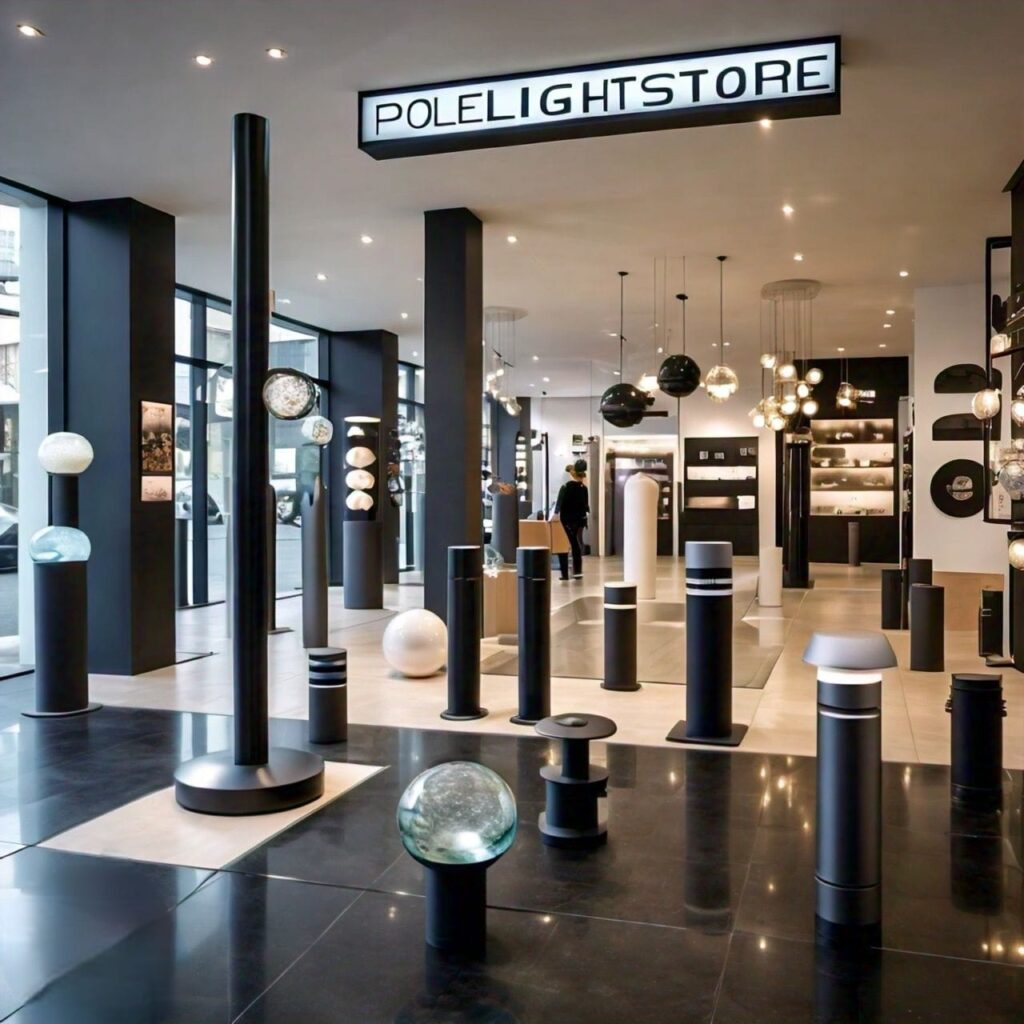
Factors to consider when selecting materials for bollard lights
A. Durability: The material should be strong and resistant to damage from physical impacts, such as accidental bumps from vehicles or heavy objects.
B. Weather resistance: Outdoor lighting fixtures are exposed to various weather conditions, including rain, snow, UV radiation, and extreme temperatures. The chosen material should be able to withstand these elements without deteriorating or corroding.
C. Aesthetic appeal: Garden lights contribute to outdoor spaces’ overall design and ambiance. The material should complement the surrounding environment and architectural style while retaining its appearance and finish over time.
D. Maintenance requirements: Different materials may require different levels of maintenance to keep them looking and functioning at their best. When selecting the material, consider the ease of cleaning, polishing, and repairing the bollard lights.
E. Cost-effectiveness: While upfront costs are important, it’s also essential to consider the long-term costs associated with maintenance, repair, and replacement. Choosing a material that balances initial investment with durability and low maintenance can result in greater cost-effectiveness over time.
Common materials used for bollard lights
1Stainless steel
1. Pros:
– Excellent durability: Stainless steel is highly resistant to corrosion, rust, and stains, making it ideal for outdoor applications.
– Modern aesthetic: Stainless steel has a sleek and contemporary appearance that complements various architectural styles.
Low maintenance: It requires minimal upkeep and is easy to clean, typically needing only occasional wiping with a damp cloth.
Long lifespan: Stainless steel bollard lights have a long service life and provide reliable performance over many years.
2. Cons:
– Higher cost: Stainless steel bollard lights often incur a higher upfront cost than other materials.
– Susceptible to scratches: While durable, stainless steel can still scratch or dent if subjected to significant force or abrasion.
– Heat retention: Stainless steel may retain heat, potentially affecting nearby vegetation or sensitive materials.
2Aluminum
1. Pros:
– Lightweight: Aluminum bollard lights are easy to handle and install.
– Corrosion resistance: Aluminum naturally forms a protective oxide layer, making it resistant to rust and corrosion.
– Versatility: Aluminum can be easily shaped and molded into various designs, offering flexibility in aesthetics.
– Cost-effective: Aluminum bollard lights typically offer a good balance between performance and cost.
2. Cons:
Limited finish options: Aluminum may have fewer finish options than other materials, limiting customization possibilities.
– Maintenance requirements: Depending on the finish, aluminum bollard lights may require occasional cleaning and maintenance to prevent oxidation or discoloration.
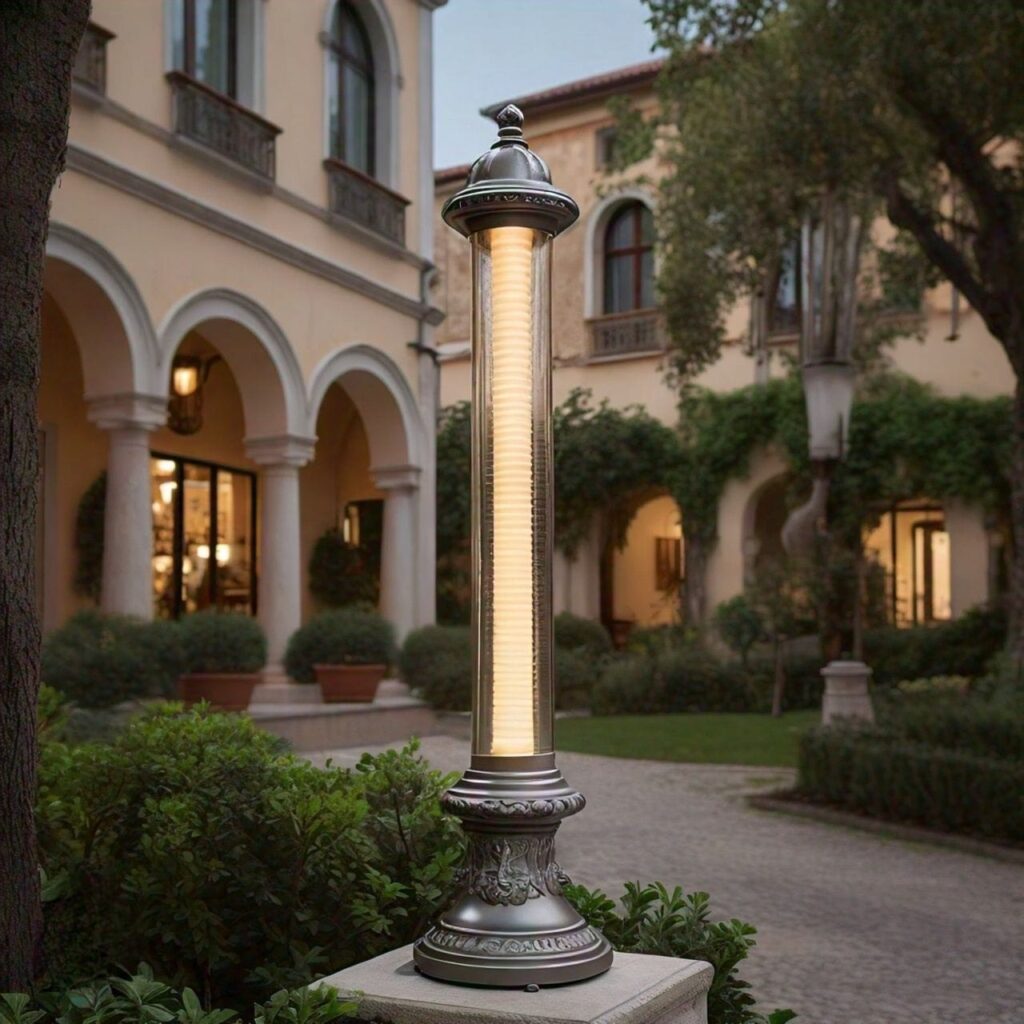
3Brass
1. Pros:
– Classic appearance: Brass bollard lights have a timeless, elegant look that adds a touch of sophistication to outdoor spaces.
– Excellent corrosion resistance: Brass is highly resistant to corrosion and tarnishing, even in harsh outdoor environments.
– Longevity: Brass bollard lights are known for their durability and can withstand prolonged exposure to the elements.
– Customization options: Brass can be polished, brushed, or finished in various ways to achieve different aesthetics.
2. Cons:
– Higher cost: Brass bollard lights are more expensive upfront than other materials.
– Maintenance: Brass may require periodic polishing to maintain its luster and prevent tarnishing.
– Weight: Brass is heavier than other materials, which may affect installation and transportation.
4Plastic
1. Pros:
– Affordability: Plastic bollard lights are often the most budget-friendly option, making them suitable for cost-conscious projects.
– Lightweight: Plastic is lightweight and easy to handle, making installation straightforward.
– Corrosion resistance: Plastic bollard lights are impervious to rust and corrosion, making them suitable for coastal or humid environments.
– Various designs: Plastic can be molded into various shapes and styles, offering various design options.
2. Cons:
– Limited durability: Plastic may not be as durable as metal materials and can degrade over time, especially when exposed to UV radiation.
– Aesthetic limitations: While plastic can mimic the appearance of other materials, it may lack the authenticity and visual appeal of stainless steel, aluminum, or brass.
– Environmental impact: Some types of plastic may not be environmentally friendly and could contribute to pollution if not properly disposed of or recycled.
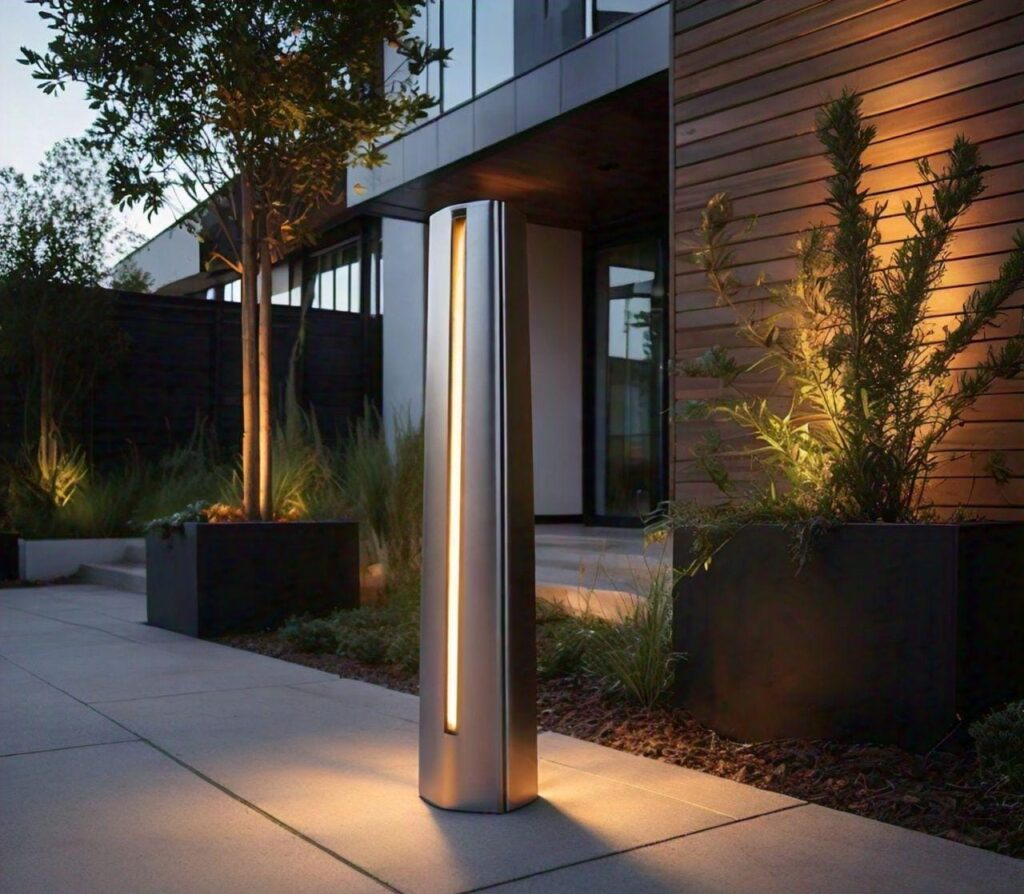
5Fiber Glass
In certain circumstances, fiberglass can be suitable for bollard lights, but it’s less common than materials like stainless steel, aluminum, brass, or plastic. Here are some considerations regarding fiberglass for bollard lights:
Pros:
Durability: Fiberglass can be durable and resistant to corrosion, making it suitable for outdoor applications.
Design flexibility: Fiberglass can be molded into various shapes and designs, offering flexibility in aesthetics.
Weather resistance: It can withstand various weather conditions, including rain, snow, and UV radiation.
Lightweight: Fiberglass is lightweight, which can ease transportation and installation.
Cons:
Cost: While fiberglass may not be as expensive as stainless steel or brass, it can still be pricier than options like aluminum or plastic.
Appearance: Fiberglass may not have the same aesthetic appeal as metal materials like stainless steel or brass.
Durability: While fiberglass can be durable, it may not be as robust as metal materials and could be prone to cracking or damage over time, especially in high-traffic areas.
Maintenance: Depending on the finish, fiberglass bollard lights may require periodic cleaning and maintenance to preserve their appearance and integrity.
Overall, fiberglass can be a viable option for bollard lights, particularly when design flexibility and weather resistance are priorities. However, it’s essential to consider your project’s specific requirements and compare fiberglass with other materials to determine the best fit for your needs.
Suitability for different environments and applications
– Stainless steel: Ideal for high-traffic areas, coastal environments, and contemporary architectural styles.
– Aluminum: Suitable for general outdoor lighting applications, residential settings, and areas with moderate weather exposure.
Brass is best suited for upscale residential or commercial projects, historic preservation areas, and environments with high aesthetic requirements.
– Plastic: Recommended for budget-conscious projects, temporary installations, and areas where corrosion resistance is essential, such as coastal regions.
- Provide examples of real-world installations showcasing each material’s performance, durability, and aesthetic appeal in different outdoor settings
Conclusion
- Summary of key points – The choice of material for bollard lights significantly impacts their durability, maintenance requirements, and aesthetic appeal. Stainless steel offers excellent durability and a modern look but has a higher upfront cost. – Aluminum is lightweight, versatile, and cost-effective but may have lower durability than other materials. – Brass provides a classic appearance, exceptional durability, and customization options but is generally more expensive. – Plastic is affordable, lightweight, and corrosion-resistant but may lack durability and aesthetic appeal.
2. Recommendations for selecting the best material for bollard lights based on specific needs and preferences—Consider the project’s specific requirements, including budget, aesthetic preferences, environmental factors, and maintenance considerations. Choose a material that balances durability, aesthetics, and cost-effectiveness to ensure long-term satisfaction with the bollard light installation.
Top of Form

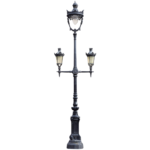 Light Pole
Light Pole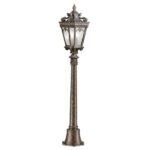 Bollard Lights
Bollard Lights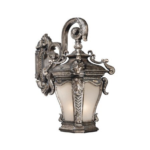 Wall Lights
Wall Lights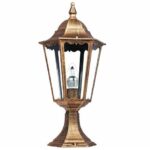 Post Lights
Post Lights Hanging lights
Hanging lights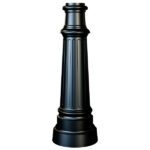 Light Pole Base Covers
Light Pole Base Covers
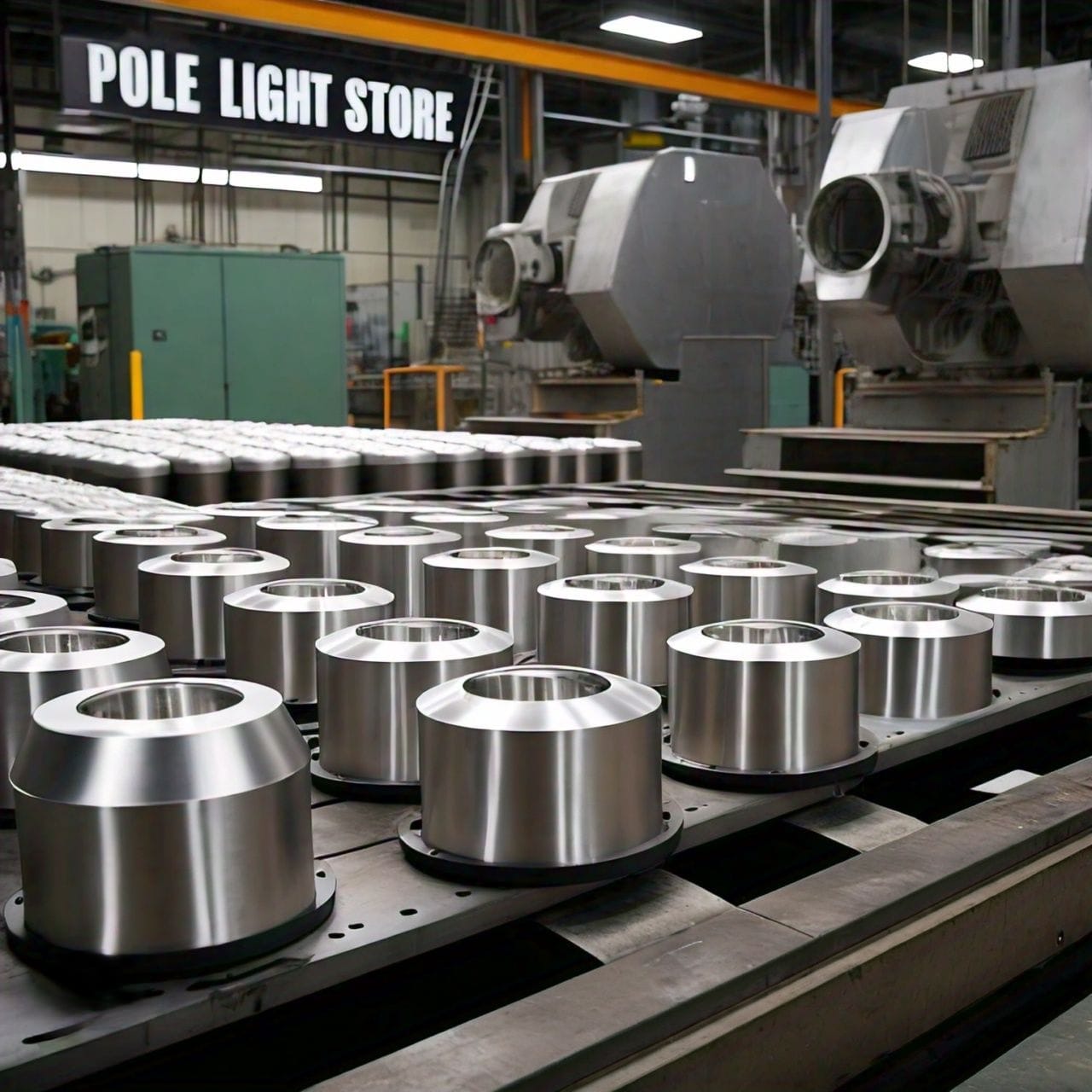
I like this web blog very much, Its a rattling nice position to read
and find information.Raise range
This Blog is very nice, it helps me a lot.
сервисный центр apple